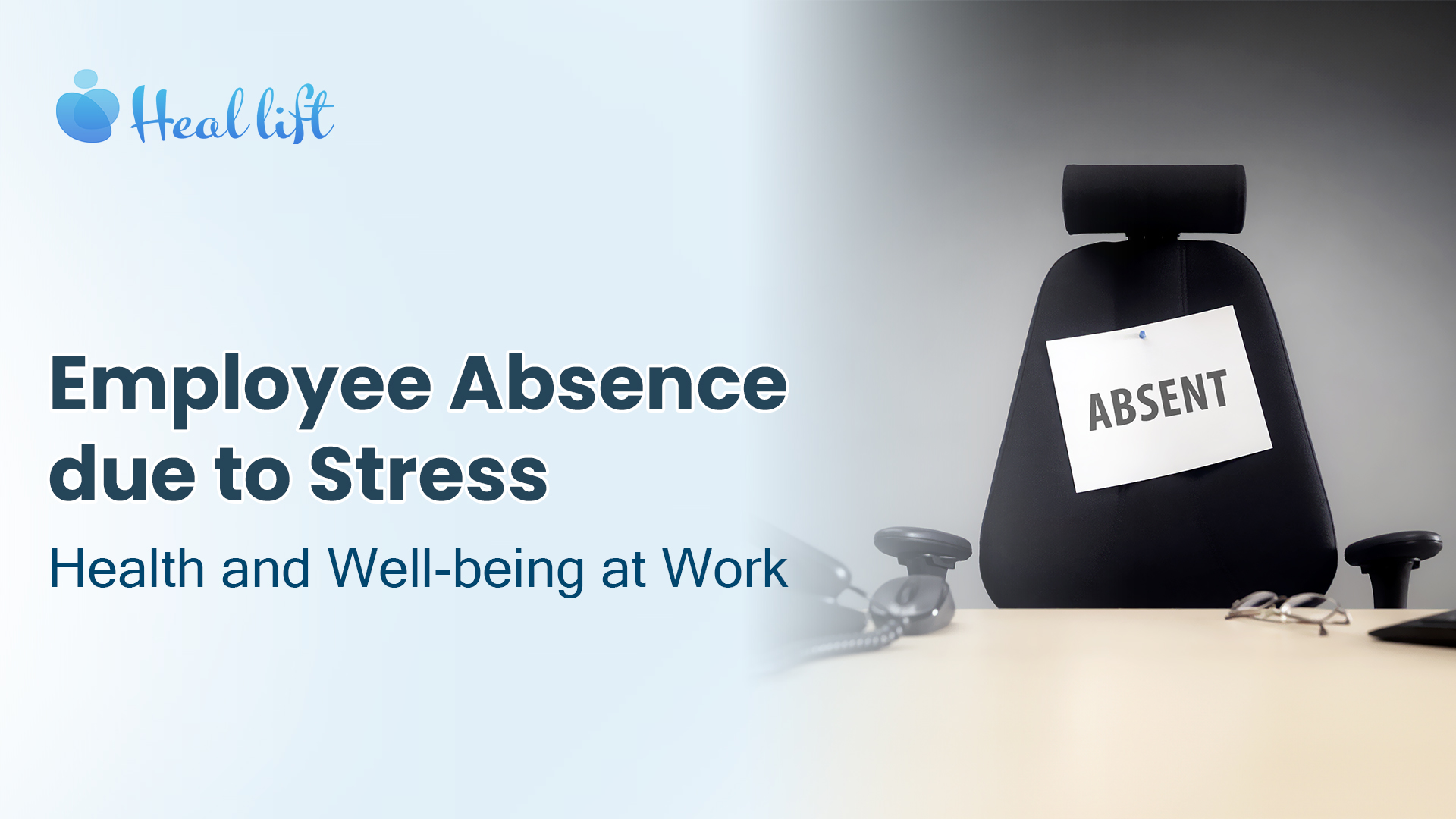Chalani Venushka - 09 Apr 2024
Nurturing Mental Wellness in Remote Work Settings
Remote work offers flexibility and convenience, but there are significant challenges for mental health that come with this territory.

Heal Lift

Insights from the Survey Report - September 2023 by the CIPD (UK)
According to a new survey done by The Chartered Institute of Personnel and Development (CIPD) in London, UK; more than three-quarters (76%) of organizations had people absent due to stress in the previous year. That demonstrates that UK workplaces still have a lot of space for improvement when it comes to the mental well-being of their employees.
A standout finding from the research is the marked increase in sickness absence; at 7.8 days on average per employee per year, this is the highest level in a decade and two days more than in 2019 which was 5.8 days. The survey shows evidence of most organizations increasing their focus on health and well-being and doing their best to support people holistically. More will realize a greater return on their investment if they take a systematic and preventative approach.
Sickness Absence
Senior leaders influence the transformation of the wellbeing culture as well as good practice in organizations. Their active support for any program is critical as they are in a position to integrate health and well-being priorities into an organization's operations.
Some companies seem to be taking steps to improve their employees' well-being. Since the epidemic started in 2023, more organizations (53% in 2023 compared to 50% in 2021) have created specific plans to help their employees feel better. Also, more managers now understand how important it is to take care of their employees' well-being. In the year 2023, 67% of managers believed in this, while only 58% did in 2020. No matter the type of business or how big it is, 78% of the people we asked said that their company is trying to find ways to reduce stress at work.
When it comes to dealing with stress at work, here are some simple steps recommended by the CIPD:
- Use a structured plan to improve the mental health of employees. One such plan is the Mental Health at Work Commitment, which has six standards and practical tools to help. You can learn more about it here.
- If possible, work with experts in occupational health to prevent stress and mental health problems. There are also practical tools from the Health and Safety Executive that managers can use to talk to their team members.
- Companies should make sure that their managers are trained to be good leaders and to take care of their team's health and well-being. This way, they can support their employees better.
In 2023, companies are increasingly focusing on their employees' financial well-being, with 57% actively addressing financial challenges, up from 44% in 2022. This shift is particularly significant considering the financial struggles faced by many people in the UK.
COVID-19 continues to impact workplaces. According to the survey, 43% of respondents indicate that their organizations are still implementing measures to ensure employee health. Meanwhile, 52% reported that they used to have such measures but no longer do, while some respondents stated they never did or are unsure.
Many companies are prioritizing programs designed to enhance employee well-being and happiness. Employee Assistance Programs (EAPs), offering support when needed, are among the most common. Additionally, counseling services are widely available.
However, some pre-pandemic benefits, such as gym memberships and health checkups, have not returned to their previous levels, possibly due to the increase in remote work. Insurance and protection plans have remained relatively stable, with limited changes. Sick pay schemes are prevalent, particularly in the public sector, while private companies often provide insurance and cash plans as alternatives.
Looking ahead, only a small fraction of companies plan to increase their budget for employee wellbeing in the next year, with very few anticipating a decrease. One of the major challenges companies face in promoting employee health and well-being is that many managers lack the skills and confidence to provide adequate support. This underscores the need for enhanced training and resources for managers.
The primary opportunity on the horizon for companies is to boost employee engagement in the coming year, ensuring employees are content and motivated in their roles. Following this, many organizations aim to incorporate well-being strategies into their overall approach to maintain employee satisfaction and loyalty.
Recommendations to act upon these Challenges and Opportunities
Create a smart plan that covers everything to make sure everyone in the company stays healthy and happy. This plan should include what the organization wants to achieve and who is responsible for what. This includes important people like a senior-level leader, HR, health experts, managers, and employees.
Make sure that managers are regularly talking to their team members to see if they're feeling okay. If they notice any signs that someone is not doing well, they should connect them with the right help. The CIPD and Mind People have a guide for managers on how to talk about stress and mental health.
How managers act and how they build relationships with their team is important for supporting everyone's wellbeing. The CIPD has made resources to help managers get better at this.
